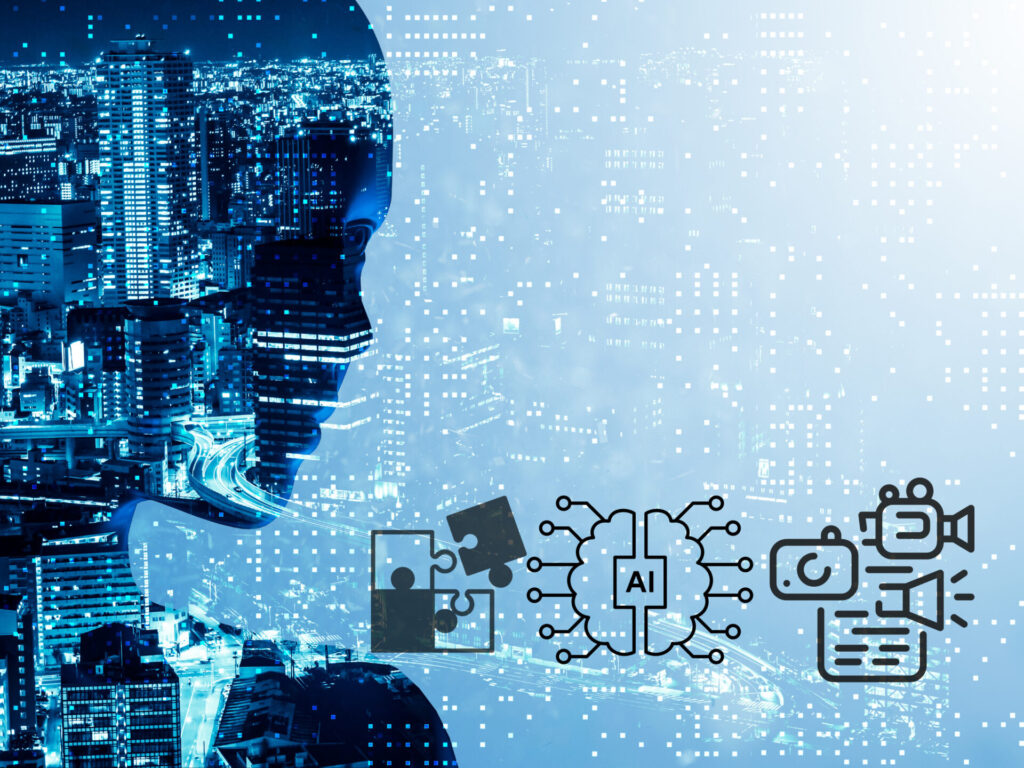The Role of AI in Video Editing: How It’s Revolutionizing the Industry
Artificial Intelligence is fundamentally transforming the video editing landscape, empowering creators with tools that were unimaginable just a few years ago. From automated color correction to intelligent content analysis, AI is streamlining workflows and opening new creative possibilities for editors of all skill levels.
The Current State of AI in Video Editing
Automated Editing Features
Video editing has traditionally been a time-intensive process requiring significant technical expertise. AI is changing this paradigm by introducing sophisticated automation tools that handle many technical aspects of editing:
- Intelligent scene detection and organization
- Automated color grading and matching
- Smart audio enhancement and noise reduction
- Automatic subtitle generation and synchronization
- Content-aware scaling and cropping
Time-Saving Capabilities
Modern AI-powered editing tools can significantly reduce editing time through:
Speech recognition for quick transcription and editing Facial recognition for tracking subjects Motion tracking for smooth stabilization Content analysis for automated highlight reels Smart trimming suggestions based on content quality
Key AI Technologies Transforming Video Editing
Machine Learning for Content Analysis
Machine learning algorithms can now:
- Identify and tag specific objects, people, and actions
- Detect emotions and expressions in footage
- Analyze pacing and timing
- Recommend optimal cut points
- Generate metadata automatically
Natural Language Processing
NLP capabilities enable:
- Accurate speech-to-text conversion
- Multilingual subtitle generation
- Content summarization
- Script-to-video alignment
- Voice-commanded editing
Computer Vision
Advanced computer vision features include:
- Real-time object tracking
- Background removal
- Scene composition analysis
- Lighting consistency checks
- Visual effect recommendations
Impact on Professional Editors
Workflow Enhancement
AI is not replacing editors but rather augmenting their capabilities:
- Reducing time spent on technical tasks
- Enabling focus on creative decisions
- Providing innovative creative tools
- Streamlining collaboration
- Enhancing quality control
New Creative Possibilities
AI tools are opening new creative horizons:
- Style transfer between videos
- Advanced visual effects automation
- Intelligent content repurposing
- Dynamic personalization
- Real-time editing suggestions
Democratization of Video Editing
Accessibility for Beginners
AI is making video editing more accessible through:
- Intuitive interfaces
- Automated workflows
- Smart templates
- Guided editing experiences
- Quick learning curves
Mobile Editing Solutions
AI-powered mobile editing apps offer:
- Professional-grade features on smartphones
- Cloud-based processing
- Real-time effects
- Collaborative capabilities
- Cross-platform compatibility
Future Trends and Developments
Emerging Technologies
Watch for these developments:
- Deep learning for style generation
- AI-driven narrative construction
- Emotional response optimization
- Hyper-personalized content creation
- Real-time rendering improvements
Industry Predictions
Expected developments include:
- More sophisticated automation
- Enhanced creative tools
- Improved accessibility
- Greater integration with other technologies
- Advanced personalization capabilities
Challenges and Considerations
Technical Limitations
Current challenges include:
- Processing power requirements
- Algorithm accuracy
- Learning curve for new tools
- Integration with existing workflows
- Cost of implementation
Ethical Considerations
Important factors to consider:
- Content authenticity
- Creative control
- Job market impact
- Privacy concerns
- Data security
Best Practices for Implementation
Integrating AI Tools
Tips for successful implementation:
- Start with basic AI features
- Gradually expand capabilities
- Train team members properly
- Maintain quality control
- Keep manual oversight
Balancing Automation and Creativity
Guidelines for optimal use:
- Use AI for technical tasks
- Preserve creative decision-making
- Maintain human oversight
- Experiment with new features
- Document successful workflows
Practical Applications
Content Creation
AI assists in:
- Social media content
- Marketing videos
- Educational content
- Entertainment production
- Corporate communications
Post-Production
Enhanced capabilities in:
- Color correction
- Audio processing
- Visual effects
- Content organization
- Quality assurance
The integration of AI in video editing represents a significant leap forward in content creation capabilities. While it’s important to maintain the human element in creative decision-making, AI tools are proving invaluable in streamlining workflows and enabling new creative possibilities. As these technologies continue to evolve, we can expect even more innovative solutions that will further transform the video editing landscape.
The key to success lies in finding the right balance between automated efficiency and creative control, ensuring that AI serves as an enhancement to human creativity rather than a replacement for it. As we move forward, the combination of human ingenuity and AI capabilities will continue to push the boundaries of what’s possible in video editing.


